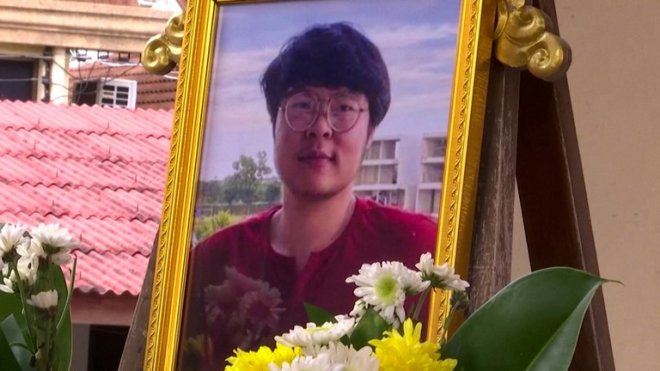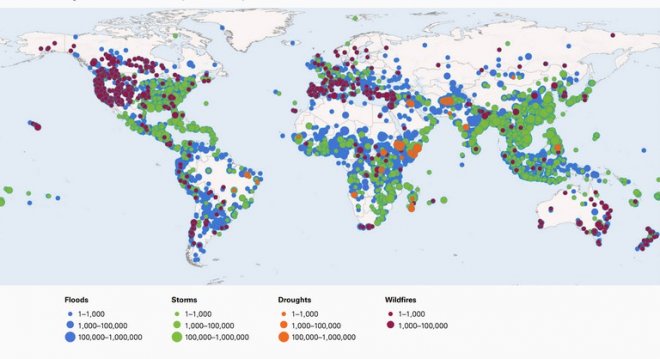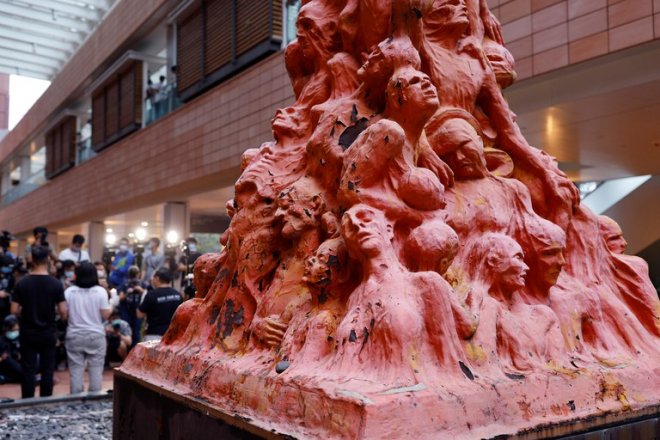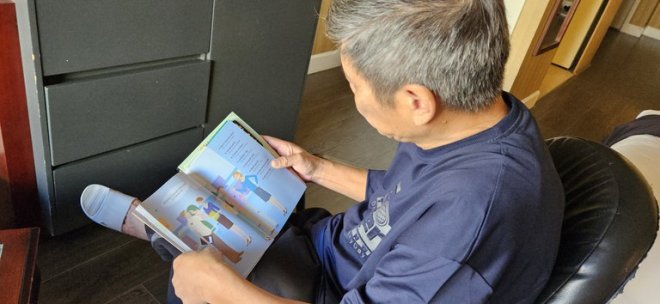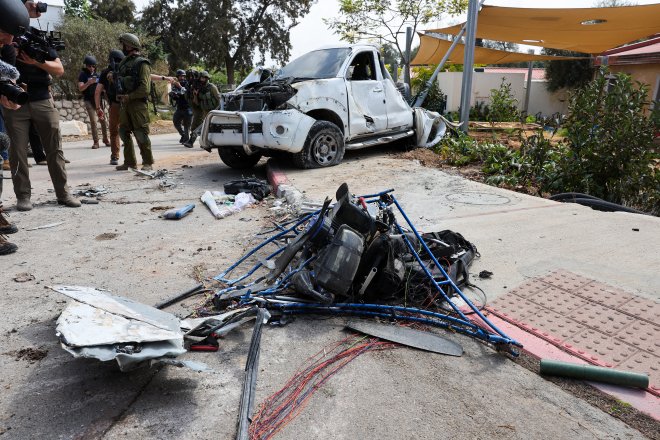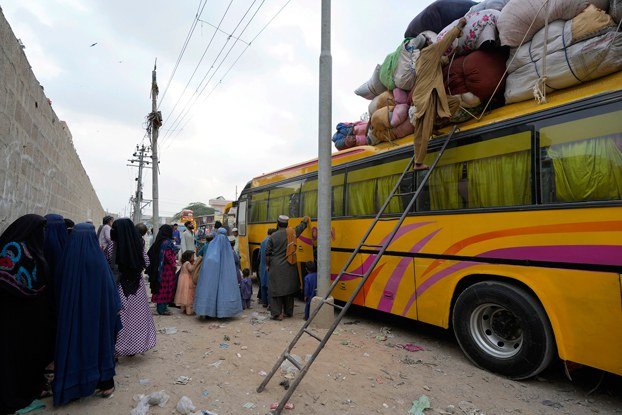A new report by a rights group details fresh evidence of destruction of religious heritage sites and the mistreatment of Tibetans by China in eastern Tibet since October 2021 in what locals say is a second Cultural Revolution.
Among the religious sites and objects destroyed in Drago county were three colossal Buddha statues, a Buddhist school, a building housing with 45 giant prayer wheels, the home of a revered spiritual leader and Drago Monastery’s prayer flags, which were removed and burned, the report by London-based Free Tibet says.
The report details previously unreported detentions and torture of locals as well as the destruction of Tibetan heritage sites in Drago. The county is called Luhuo in Chinese and lies in the Kardze Tibetan Autonomous Prefecture in Sichuan Province.
The report by Free Tibet and its affiliated research arm Tibet Watch shows that Chinese authorities have ramped up measures to repress Tibetans by razing significant religious structures while committing serious human rights violations in Drago county in the historical Tibetan province of Kham.
“What we’re seeing in the report is a huge assault on every facet of Tibetan life, from their religion to their day-to-day lives, and we know that this has been replicated all across occupied Tibet,” said John Jones, campaigns and advocacy manager at Free Tibet.
Since 2008, Drago county residents have participated in acts of resistance against the Chinese government, prompting interventions by authorities, including significant crackdowns in 2009 and 2012. Beijing views any sign of Tibetan disobedience as an act of separatism, threatening China’s national security.
The 42-page report titled “Desecration in Drago County: Destruction of Tibetan Religious Heritage, Arbitrary Detentions and Torture” covers events that occurred in Drago between October 2021 and June 2022.
Torture and interrogations
Authorities subjected 10 local Tibetans detained during the period covered in the report to interrogations and beatings for minor infractions, such as expressing distress over the demolitions, with some falling unconscious due to the severity of the torture, the report says. They drenched one female detainee with cold water during the winter.
The report also documents a new extrajudicial facility used for political “re-education,” and information about a military base and prison. Detainees arrested since late October 2021 were taken to the “re-education” center in the northeastern suburbs and subjected to interrogations and beatings, says the report.
Satellite imagery shows the presence of an abandoned building that has been repurposed as a military base on the northwestern outskirts of Drago, so that the country is now surrounded by three security facilities, the report says.
“As with other areas in Tibet, the main reason for increasing Chinese repression in Kham [County] Drago is first to eradicate Tibetan identity and Tibetan culture,” the report quotes a county monk now living in exile as saying in January 2021.
“Secondly, to eliminate those influential Tibetans who are conscious of freedom and rights of Tibetan people and thirdly, to abolish Tibetan language and education centers,” he says.
The demolition escalated under Drago county chief Wang Dongsheng, who had earlier overseen a campaign of the expulsion of Buddhist clergy and destruction at Sichuan’s sprawling Larung Gar Buddhist Academy.
Similar to disastrous Cultural Revolution
Local Tibetans have likened the destruction of holy sites and the violence used against monks and laypeople to China’s Cultural Revolution (1966-1976), a local source told Free Tibet. That decade-long campaign ordered by Mao Zedong created social and political chaos across China, leaving as many as 2 million people dead. During that time, authorities attacked Tibetan religion, culture identity and traditional ways of life, while continuing the destruction of Buddhist sites which began years earlier.
Free Tibet based its findings on interviews with former Drago county residents, analyses of open-source information such as notifications and local news reports, and satellite imagery to track some of the damage caused by the demolitions, Jones said.
“The report is the sum total of over a year’s worth of detective work, trying to unearth details of the demolition of cultural and religious heritage in Drago County, but also harassment and surveillance of the locals, including the detention and torture of at least 10 people,” he said.
Most ethnic Tibetans in China live in the Tibetan Autonomous Region and Tibetan autonomous prefectures and counties in Sichuan, Qinghai, Yunnan, and Gansu provinces.
“We"re hoping that this report will inspire people to take further action, to call for justice and reparations, not just for the community, but to start to widen the conversation about the effects of the occupation on Tibetan communities,” Jones said.
Edited by Malcolm Foster.














